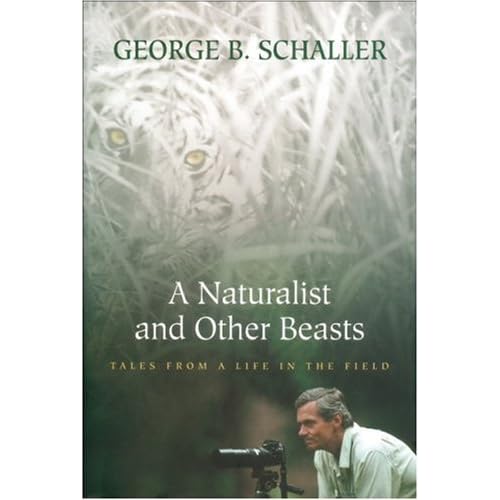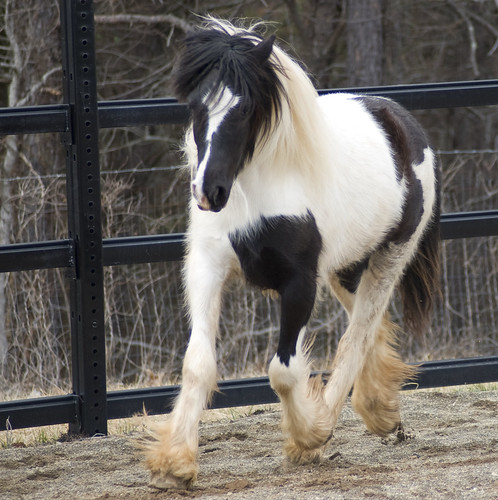 "If thy heart be right, then will every creature be to thee a mirror of life, and a book of holy doctrine."...Thomas a Kempis, 1427
"If thy heart be right, then will every creature be to thee a mirror of life, and a book of holy doctrine."...Thomas a Kempis, 1427After traversing North America in 1840, John C. Fremont wrote that "It was all wild and unexplored, and the uninvaded silence roused curiosity and invited research." George Schaller's spirit resides in such places.
He was fortunate enough to have been a part of the golden age of wildlife studies, from the 1950's to the end of the twentieth century, when many large mammals for the first time became the focus of intensive research. Patiently observing animals may seem an antiquated pleasure in the age of computer modeling and remote sensing, but Schaller was a pioneer and such knowledge became the coernerstone of conservation. Nature is now viewed all too often in economic terms and treated as a commodity to be bought, sold, or discarded. Appreciation of beauty, a sense of wonder, and the ethics of taking responsibility for other species and the land seldom enter official conservation discourse now. But true conservation must reach the heart. Intimate portraits help inspire concern for their future, create a feeling of kinship, and convey that they too have a right to exist. Conservation without moral values cannot sustain itself. The book is divided into four sections: The Americas; Africa; South Asia, China, and Mongolia; and The Himalaya and the Tibetan Plateau.
The travels and studies in this book have been the basis for his scientific and popular writings. This book brings together in book form for the first time nineteen short pieces, for a unique overview of his remarkable career. His own photographs of animals and their behavior, of fieldwork, and of the author and his family, appear throughout. He has studied mountain gorillas in Central Africa and predator-prey relations in the Serengeti, as well as tigers in India and jaguars in Brazil's swamps. And then there was Schaller's groundbreaking work with giant pandas in China. This book is full of Schaller's fascinating observations.
"What is life? It is the flash of a firefly in the night. It is the breath of a buffalo in the winter time. It is the little shadow which runs across the grass and loses itself in the sunset..."Crowfoot, a Blackfoot Indian, 1890









































No comments:
Post a Comment